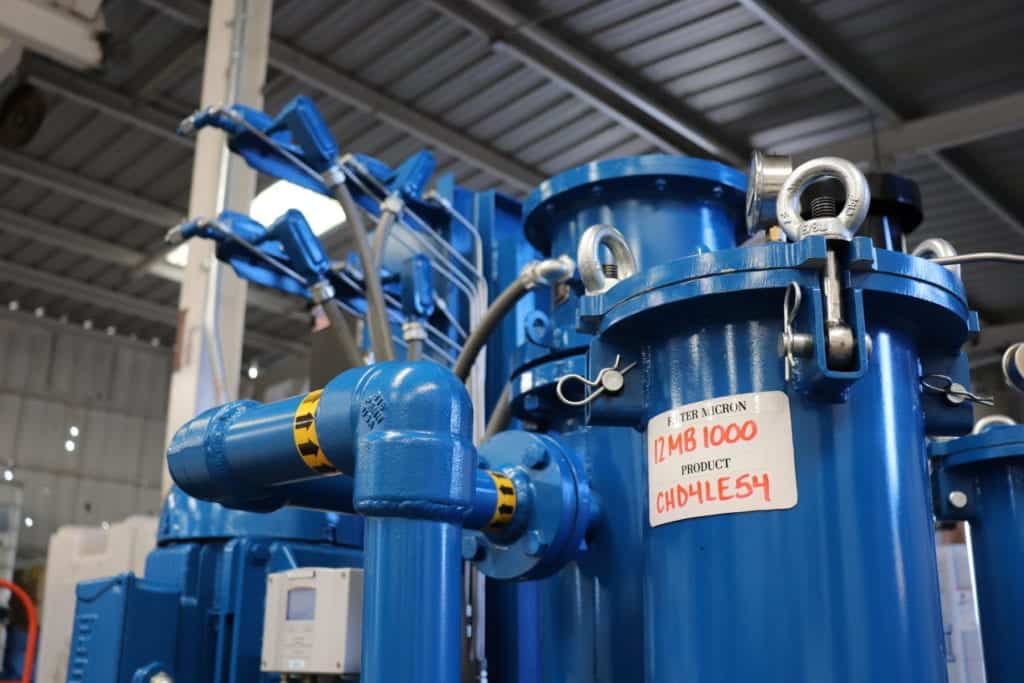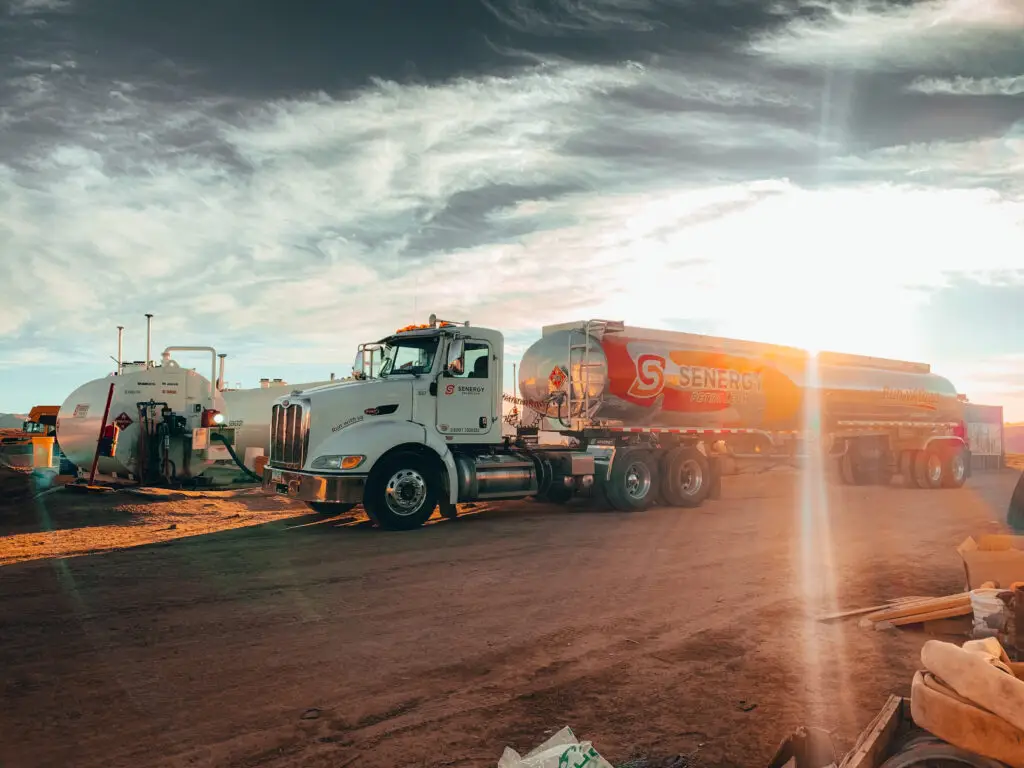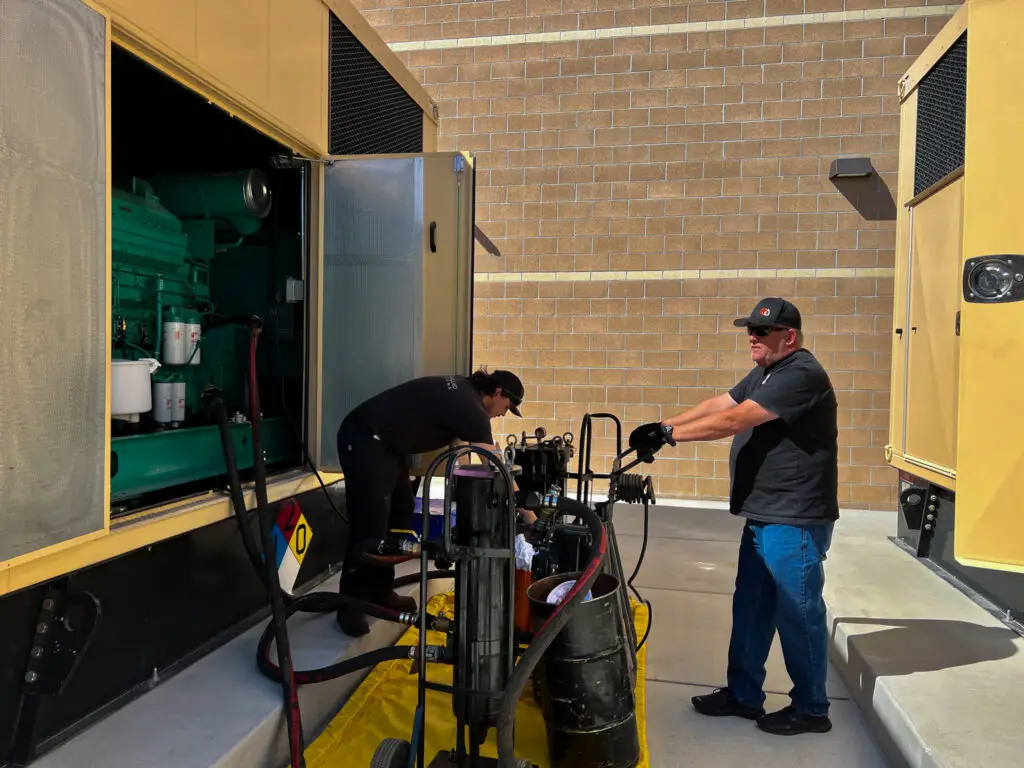Filling your tank is something we often take for granted. It’s quick, convenient, and usually uneventful. However, that changes instantly if you insert the wrong fuel. You might not notice the mistake right away, especially if the engine hasn’t been started, but once it is, the damage is done. It’s an easy mistake with serious consequences.
If you put gasoline in a diesel car or diesel in a gasoline car, misfuelling doesn’t just disrupt how your engine operates—it causes internal damage that can lead to costly repairs and even complete engine failure if not addressed. Additionally, newer engines are more particular than ever. They’re designed for precision, which makes them less forgiving when it comes to fuel type. So, what happens inside?





